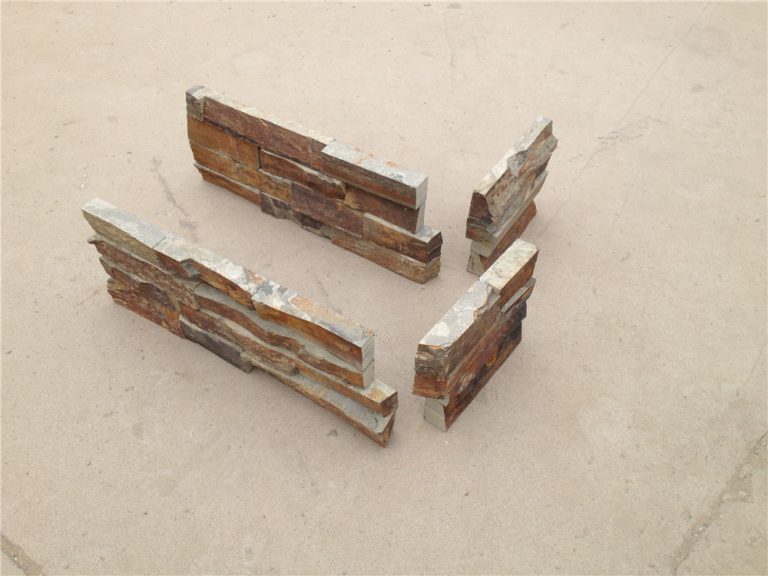sources tell me has long been admired for its beauty and versatility, with its natural variations adding a touch of elegance to a wide range of applications. However, in recent years, a new method of producing quartz known as cultured quartz has been gaining popularity for its unique characteristics and benefits. In this comprehensive guide, we will delve into the world of cultured quartz, exploring its origins, manufacturing process, properties, uses, and much more.
Origins of Cultured Quartz
Cultured quartz, also known as engineered quartz or man-made quartz, is a manufactured stone material that replicates the look of natural quartz through a combination of quartz crystals and resins. The development of cultured quartz can be traced back to the late 20th century, when advancements in technology allowed for the creation of a more uniform and customizable product compared to natural stone.
The manufacturing process of cultured quartz involves mixing crushed quartz crystals with resins and pigments to create a durable and non-porous material that exhibits the characteristics of natural quartz. Through careful engineering and precise control over the production process, manufacturers are able to achieve a wide range of colors, patterns, and finishes in cultured quartz that may not be found in natural quartz.
Properties of Cultured Quartz
One of the key advantages of cultured quartz is its consistency in color and pattern, making it an ideal choice for applications where uniformity is desired. Unlike natural quartz, which can exhibit variations in color and veining due to its geological formation, cultured quartz offers a more predictable and controlled appearance that can be tailored to suit specific design requirements.
In terms of durability, cultured quartz is highly resistant to staining, scratching, and heat, making it a practical choice for countertops, flooring, and other high-traffic areas. Its non-porous nature also makes it hygienic and easy to clean, as it does not harbor bacteria or absorb liquids like natural stone.
Furthermore, cultured quartz is available in a wide range of finishes, from polished and honed to textured and matte, allowing for greater design flexibility and customization. Whether you prefer a sleek and modern look or a more rustic and natural aesthetic, there is a cultured quartz option to suit your style.
Uses of Cultured Quartz
Cultured quartz is a versatile material that can be used in a variety of applications across residential and commercial settings. One of the most popular uses of cultured quartz is in kitchen countertops, where its durability, stain resistance, and low maintenance requirements make it a practical choice for busy households.
In addition to countertops, cultured quartz is also commonly used for backsplashes, vanities, shower surrounds, and flooring in bathrooms and kitchens. Its resistance to moisture and chemicals makes it an excellent choice for wet areas, where natural stone may be more susceptible to damage and staining.

Beyond residential applications, cultured quartz is also used in commercial settings such as restaurants, hotels, and office buildings for its durability and aesthetic appeal. From reception desks and bar tops to wall cladding and flooring, cultured quartz can enhance the design and functionality of a space while standing up to the demands of high-traffic environments.
Maintenance and Care of Cultured Quartz
Cultured quartz is a low-maintenance material that requires minimal care to keep it looking its best. To clean cultured quartz surfaces, simply use a mild soap and water solution or a designated quartz cleaner to remove dirt, grease, and stains. Avoid using abrasive cleaners or harsh chemicals, as these can damage the surface of the quartz and affect its appearance.
For routine maintenance, wipe down cultured quartz countertops and surfaces with a damp cloth or sponge to prevent the buildup of grime and debris. To protect the finish of the quartz, use trivets or hot pads under hot cookware and cutting boards to prevent scratching.
In the event of stubborn stains or spills, you can gently scrub the affected area with a non-abrasive sponge or soft-bristled brush and a mild cleanser. For tough stains like ink or permanent marker, you may need to use a stronger cleaner or solvent, following the manufacturer's recommendations for safe use on cultured quartz.
To maintain the luster and shine of cultured quartz, you can periodically polish the surface with a quartz polish or a non-abrasive polish specifically formulated for quartz. This will help to restore the natural luster of the quartz and keep it looking like new for years to come.
Environmental Considerations of Cultured Quartz
As with any manufactured product, there are environmental considerations to take into account when choosing cultured quartz for your project. While natural quartz is a renewable resource that is abundant in the earth's crust, the production of cultured quartz involves the extraction and processing of raw materials, as well as the use of energy and resources in the manufacturing process.
To mitigate the environmental impact of cultured quartz, some manufacturers have adopted sustainable practices such as recycling water, reducing waste, and using recycled materials in their production. By choosing a reputable manufacturer that prioritizes sustainability and environmental responsibility, you can minimize the carbon footprint of your cultured quartz installation and contribute to a more eco-friendly building industry.
Conclusion
Cultured quartz is a remarkable material that combines the beauty of natural quartz with the durability and versatility of engineered stone. With its consistent color and pattern, resistance to staining and scratching, and ease of maintenance, cultured quartz is an excellent choice for a wide range of residential and commercial applications.
Whether you are remodeling your kitchen, renovating a bathroom, or designing a commercial space, cultured quartz offers a practical and stylish solution that can elevate the look and functionality of any environment. By understanding the origins, properties, uses, maintenance, and environmental considerations of cultured quartz, you can make an informed decision about incorporating this innovative material into your next project.
